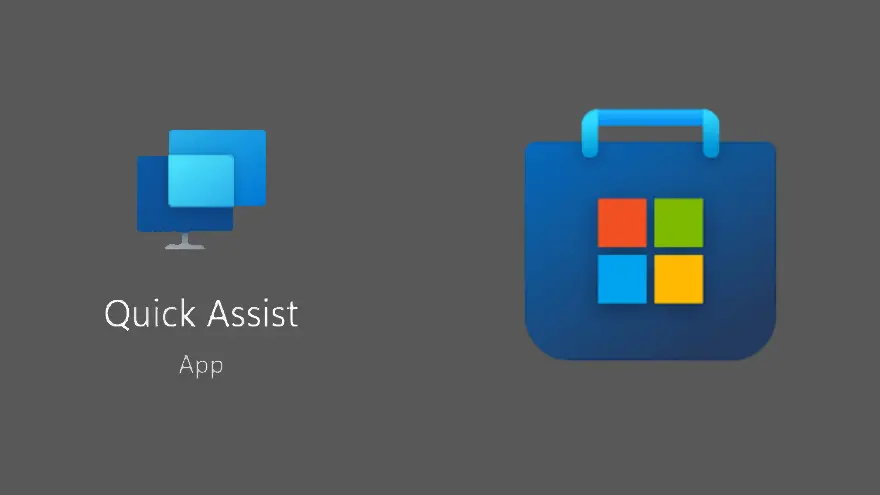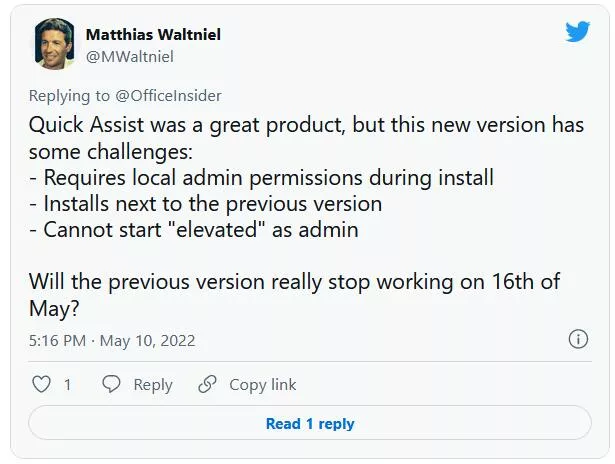Last month, Microsoft updated its quick assist application, enabled a new logo, and announced its transfer to the Microsoft Store. This transformation is taking place today, which means that quick assist is no longer a local application of windows 10 and 11 systems.

Quick assist is Microsoft's internal remote assistance application. Windows The administrators were obviously annoyed by the company's latest measures and publicly expressed their annoyance in the comments of the announcement post. Here are the main points of those things raised by twitter user Matthias waltniel, a Microsoft terminal management consultant.

Similar views are expressed in most windows administrators' posts. One of them explained that it would be more useful to have something like deployable Group Policy (GPO) instead.
One it manager said:
The new version not only needs to be installed by user from the Microsoft Store, but also requires administrator privileges.
Is there a mechanism to deploy the new version to all users on all machines? A simple GP o deployment will be preferred. Maybe you can provide an MSI? I am in charge of the whole IT Department of the company alone, managing about 70 windows computers without any more complex software deployment mechanism of any kind.
I hope some simple solutions are brewing to replace the seemingly ideal solutions, but they have been deprived now.
Nathan Pfeifer of Microsoft wrote this announcement article. He responded to one of the comments, explaining that a basic function of quick assist makes it necessary to push through Microsoft Store. However, Pfeifer promised that the feedback was being forwarded to Microsoft.
In addition, Kapil tundwal, software engineering manager of quick assist, clarified that quick assist was deployed through the store to push security updates faster.